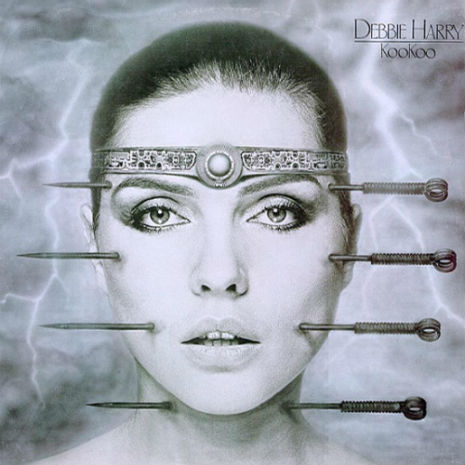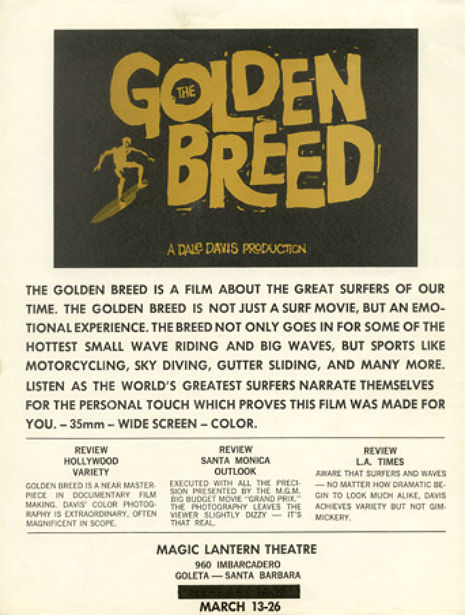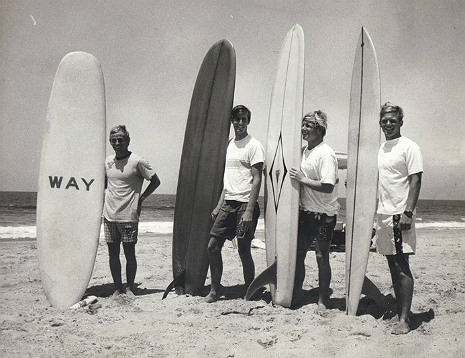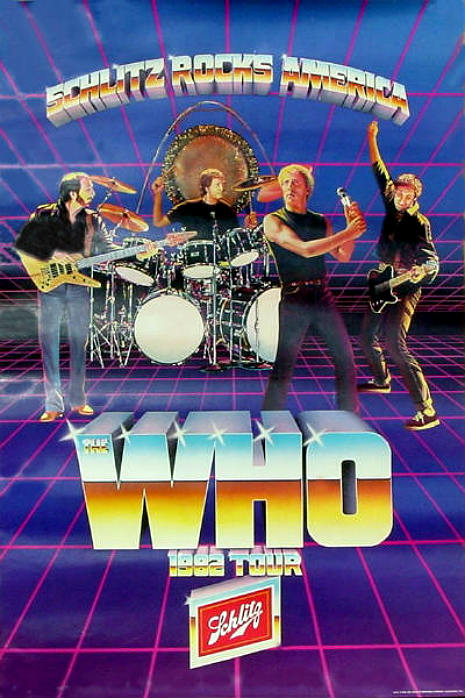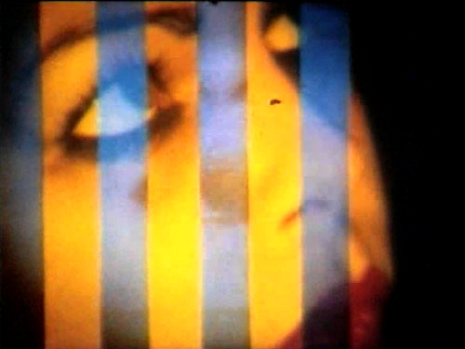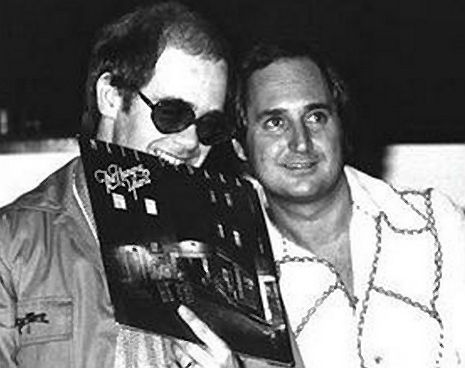
Last night I watched The Story of Wish You Were Here, the new Blu-ray documentary release from Eagle Rock Entertainment about the creation of Pink Floyd’s landmark 1975 follow-up to their monster-selling Dark Side of the Moon album. I loved it, but then again, I’m one of those Pink Floyd fans who can hear the same damned stories repeated over and over again without ever getting bored of them. In truth, there is not all that much ground covered here that’s not been covered in past Pink Floyd documentaries, but it’s so well done that this is in no way an impediment to enjoying the film. It certainly wasn’t for me.
Wish You Were Here was released in September 1975, and considered by band members Richard Wright and David Gilmour,to be their favorite Pink Floyd album. The recording of the album seemed to be somewhat of a tortured affair for the band—Roger Waters has said several times that he felt like the group was exhausted, creatively drained and perhaps should have just broken up—but slowly a powerful album came together, inspired by the band’s debt to its tragic founder, Syd Barrett and the album’s lead-off cut, “Shine On You Crazy Diamond.” The story of an unrecognizable Barrett showing up for an impromptu visit at the recording studio as the song was being mixed is a harrowing anecdote indeed. Several present broke down in tears at the sight of their old friend.
Also featured in The Story of Wish You Were Here are sleeve artist Storm Thorgerson of the legendary Hipgnosis design firm, Roy Harper who did the sarcastic vocal for “Have A Cigar” (many people assume this is Roger Waters, it’s not), Hollywood stuntman Ronnie Rondell (the “burning man” of the album jacket), backing vocalist Venetta Fields (The Blackberries) and others, including photographer Jill Furmanovsky who documented some of the sessions. Wish You Were Here recording engineer Brian Humphries also reveals some of the secrets of the master tapes at Abbey Road Studios, illustrating how certain sonic elements were constructed [for instance the shimmering “singing” wine glasses sound that opens the record, was reused from the aborted Household Objects recording sessions.
In the final cut: If you’re a big Pink Floyd fan, The Story of Wish You Were Here is worth getting your hands on.
Previously on Dangerous Minds:
Shine On You Shitty Diamond: Worst Pink Floyd cover band, ever






